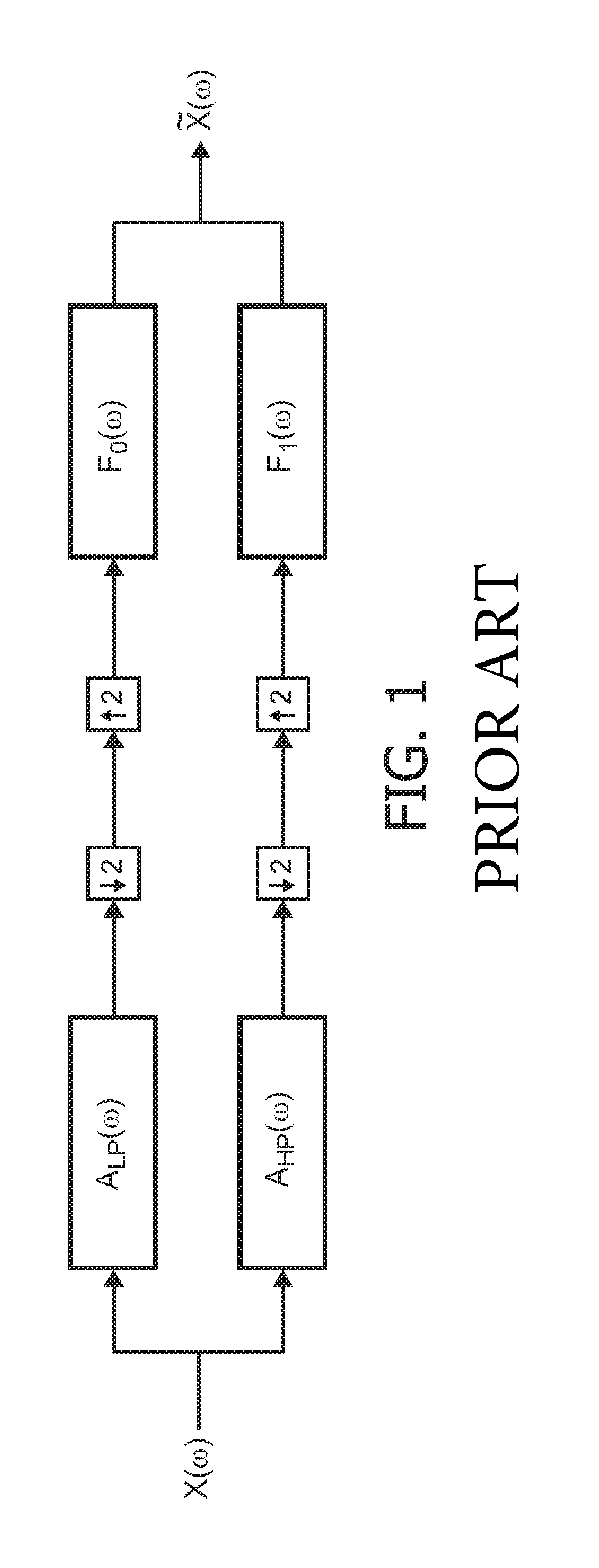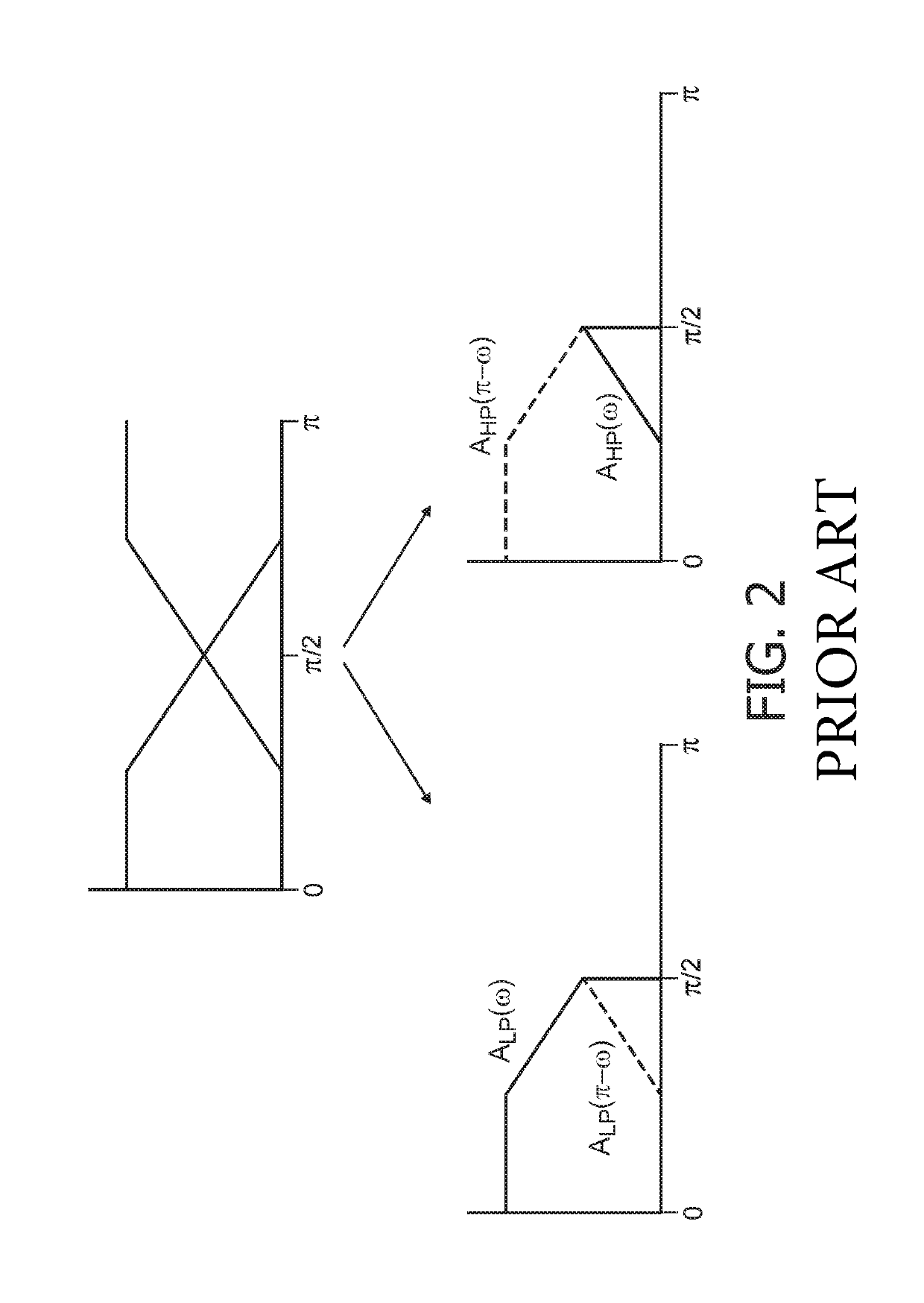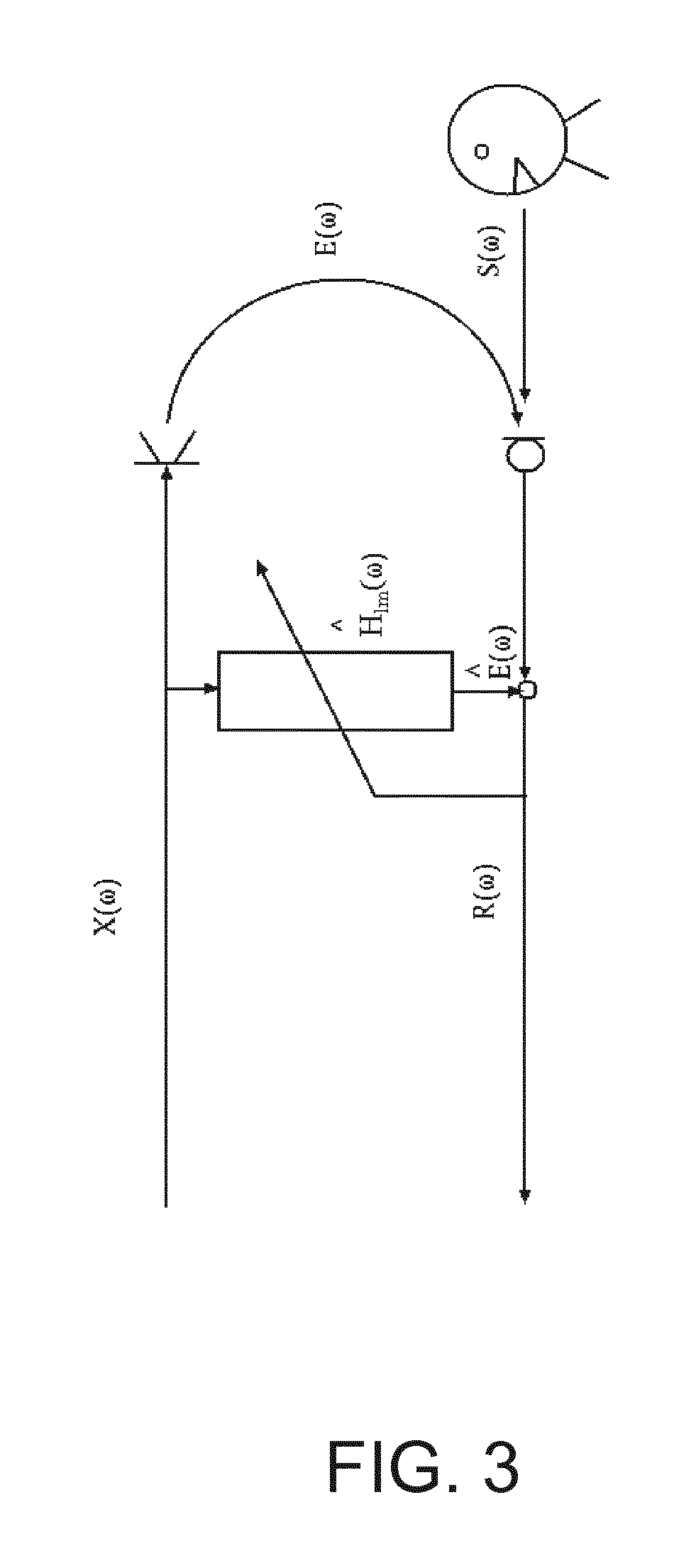Audio signal processing
a technology of audio signal and processing method, applied in the direction of transducer details, speech analysis, instruments, etc., can solve the problems of consuming a large amount of computational resources, signal processing is limited by the available computational resources, speech coding together with speech enhancement typically consume a very substantial part of computational resources, etc., to improve audio quality, improve the processing effect, and facilitate the effect of audio signal processing
- Summary
- Abstract
- Description
- Claims
- Application Information
AI Technical Summary
Benefits of technology
Problems solved by technology
Method used
Image
Examples
Embodiment Construction
[0077]The following description focuses on embodiments of the invention applicable to an effective processing of a digitized speech signal, and in particular to echo cancellation for a speech application. However, it will be appreciated that the invention is not limited to this application but may be applied to many other audio signals and audio applications.
[0078]As mentioned, it is known to divide an audio signal into a few subband signals corresponding to different frequency bands of the audio signal. The division is typically into two subbands and the following description will focus on embodiments wherein the audio signal is divided into two subbands which are then processed individually and separately.
[0079]Following the division into subbands (and specifically into two subbands) the signals may be decimated in order to reduce the complexity and resource demand of the subsequent processing. Due to the filters dividing the audio signals into subbands, this decimation will typic...
PUM
| Property | Measurement | Unit |
|---|---|---|
| frequency | aaaaa | aaaaa |
| frequencies | aaaaa | aaaaa |
| frequencies | aaaaa | aaaaa |
Abstract
Description
Claims
Application Information
 Login to View More
Login to View More - R&D
- Intellectual Property
- Life Sciences
- Materials
- Tech Scout
- Unparalleled Data Quality
- Higher Quality Content
- 60% Fewer Hallucinations
Browse by: Latest US Patents, China's latest patents, Technical Efficacy Thesaurus, Application Domain, Technology Topic, Popular Technical Reports.
© 2025 PatSnap. All rights reserved.Legal|Privacy policy|Modern Slavery Act Transparency Statement|Sitemap|About US| Contact US: help@patsnap.com



